In the past, I wrote a blog series about making shielded cables, but I realize that not many people have actually seen what happens inside the jack where you insert the plug.
Among guitar players, some might completely shut down when it comes to discussions about the wiring and electronics inside electric guitars. They might say, “I don’t know! I have no idea! I don’t understand that stuff! The guitar makes sound by magic!! La la la! I can’t hear what you’re saying!” I’m sure there are quite a few who feel this way. So, this time, I’d like to keep it simple and help you understand what happens after you insert the plug—whether you play guitar or not, and even if you haven’t read my previous blog posts about making shielded cables. Don’t worry; it’s not scary, and it’s definitely worth knowing!
Here’s what it looks like when you open up a guitar or bass.
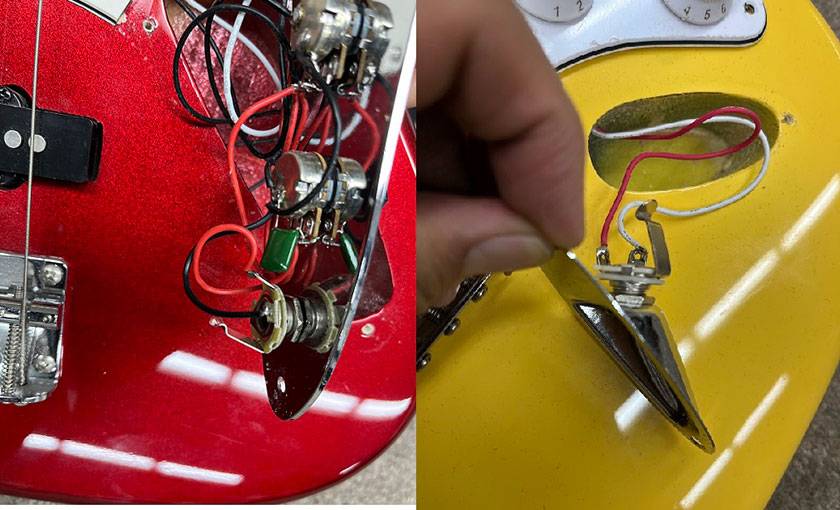
In most cases, electric guitars have this type of jack installed.

When you insert the plug, it looks like this.
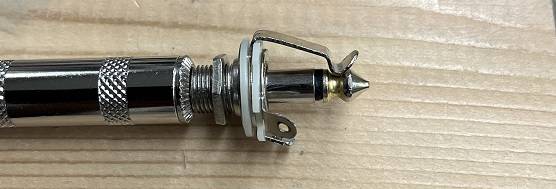
You can clearly see the contact point touching the Tip of the plug. This spring-like contact is the output.
As I mentioned in the blog about making shielded cables, electricity won’t flow unless two points are connected—this is a fundamental rule. Without electricity, there’s no sound.
The tip is literally called the Tip, and the base is called the Sleeve.
???
But wait...?
Hmm...
Something seems off...
The Tip is touching the contact, but the Sleeve isn’t touching anything!
If electricity won’t flow unless there are two contact points, then the whole thing is a lie! Guitars really must make sound by magic! Ahhhh!
This is what most people tend to think.
But that’s where they’re mistaken!
The Sleeve is actually touching...
Here!!

BAM!
From the front...
You can see it here!
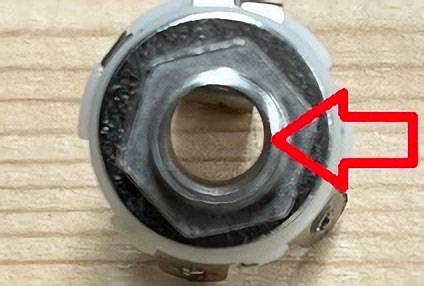
Who would’ve thought that the visible part where the plug is inserted is actually a contact point?
Returning to a serious tone,
the part of the jack that looks like a ring from the front is what touches the Sleeve.
When you measure the inner diameter of this Sleeve part, this jack looks like this. By the way, this jack was removed from a PLAYTECH guitar.

So, how about the plug? I measured the ones I had on hand.
First, the CLASSIC PRO.

Then the Switchcraft, a standard in the guitar world.

And Neutrik, which is more common in PA systems than Switchcraft.

They’re all slightly different!
That’s right! The shape of the plug actually varies slightly depending on the manufacturer!
If you compare where the Tip touches, you’ll see something like this.
From left to right, it’s CLASSIC PRO, Switchcraft, and Neutrik.

Can you see how the contact points are different?
The output from the guitar is connected by just this tiny bit of contact!
The shape of phone plugs is defined by standards like JIS, EIA, and IEC, but I’ll skip the detailed discussion here. If you’re curious, please look it up.
For now, the important takeaway is that the shape of plugs can vary slightly. You might see articles titled like, “Upgrade your guitar by switching to a Switchcraft jack!” But replacing the jack with a Switchcraft one won’t magically turn a $100 guitar into a $1,000 guitar. I don’t think it makes that much of a difference in sound.
However, many high-quality guitars do use Switchcraft jacks, and when you insert a Switchcraft plug into a Switchcraft jack, you’ll notice a solid, secure hold. It might feel too stiff at first, but since the spring is sturdier than cheaper options, it’s less likely to weaken and cause contact issues.
There’s even a jack designed to prevent contact issues by increasing the number of terminals for a better hold.
Finally, regardless of whether it’s a guitar part or not, you’ve probably noticed that metal parts tend to get tarnished over time. This is due to the formation of an oxide layer, which can cause contact issues between parts. If you’ve ever experienced a device not working well after not using it for a while, this might be the reason.
It’s a good idea to regularly clean the parts where the jack makes contact using anhydrous ethanol to prevent contact issues. While many people focus on cleaning the Tip, don’t forget to also clean the part where the Sleeve touches the Ring!
This time, I talked about the typical type of jack used in guitars, but there are many different types and shapes of jacks. I’ll cover those in the future.
So, that was a simple introduction to jacks.
Here are the plugs I used this time↓





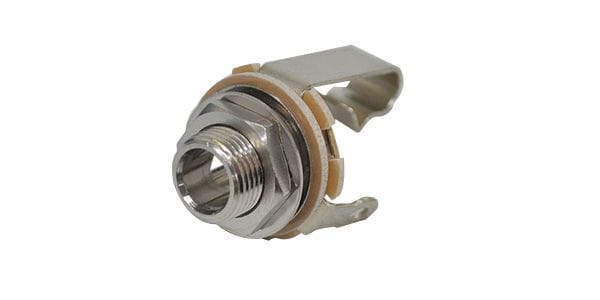
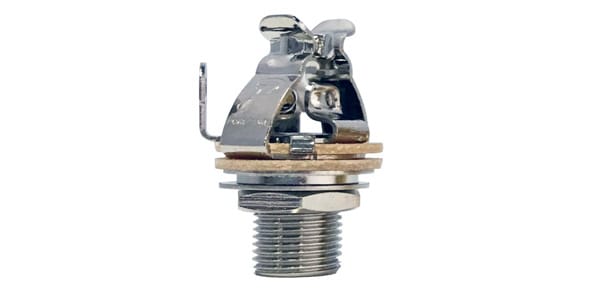
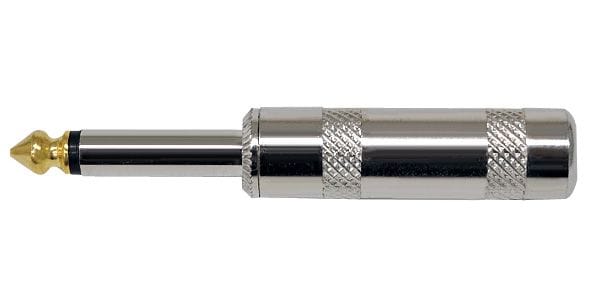
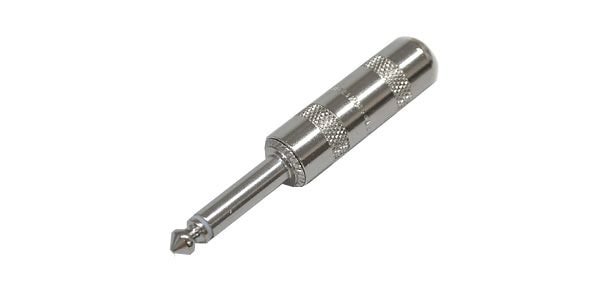


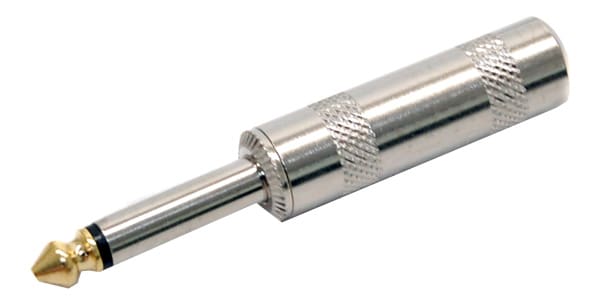




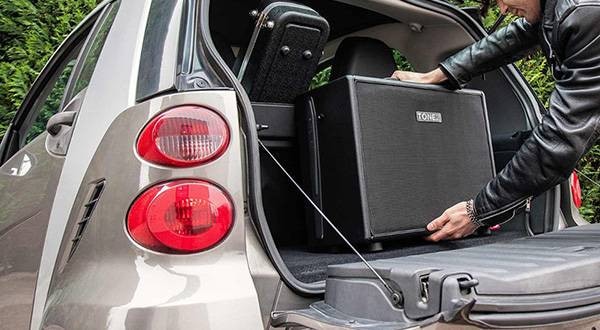
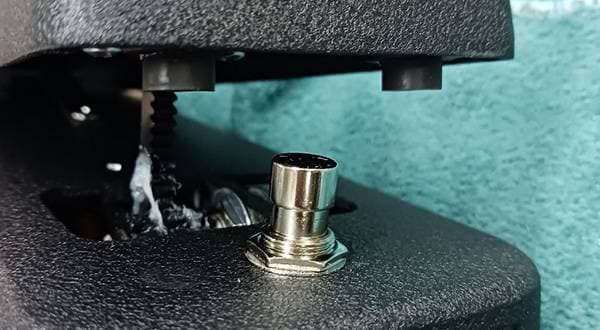
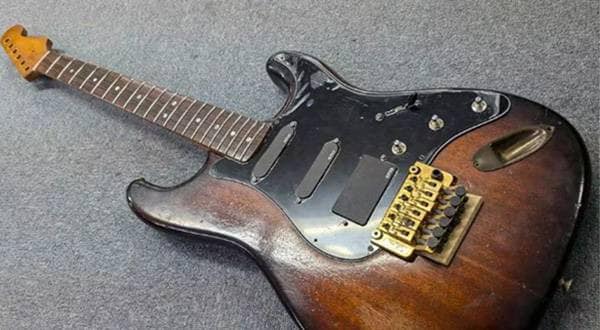
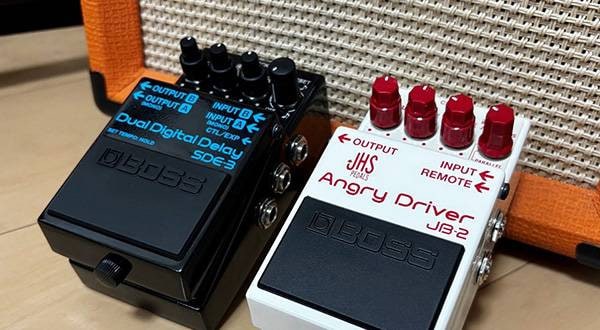
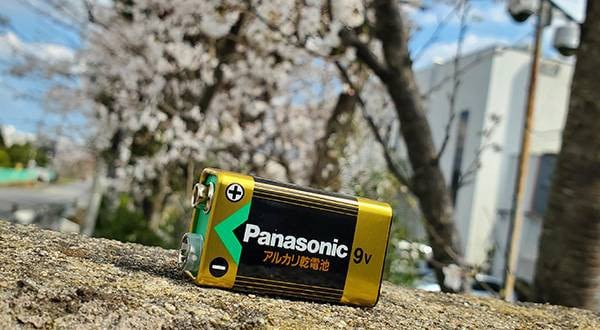
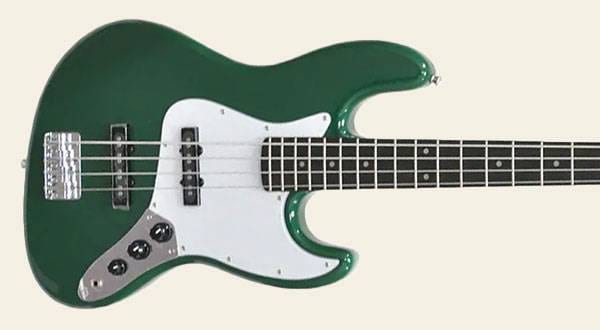
![How to Make a Shielded Cable for Beginners - An Easy-to-Understand Guide on Soldering [Preparation]](/contents/uploads/thumbs/2/2022/3/20220310_2_17029_1.jpg)
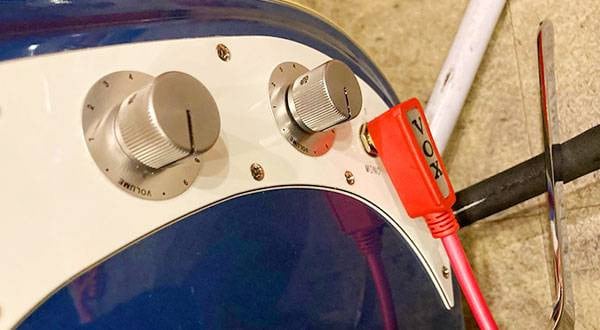
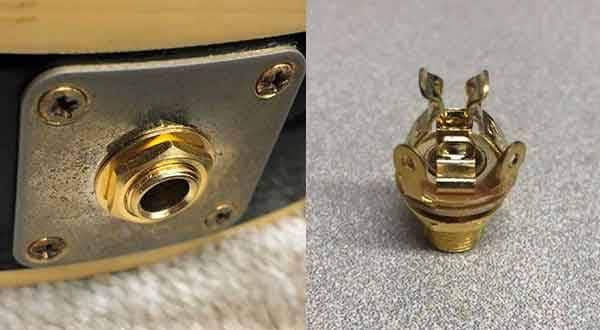
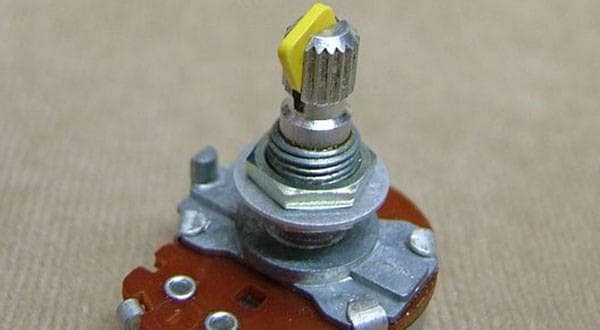

 BOSS MIDIケーブルで広がるパフォーマンスの世界
BOSS MIDIケーブルで広がるパフォーマンスの世界
 マイクケーブルの作り方
マイクケーブルの作り方
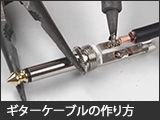 ギターケーブルの作り方
ギターケーブルの作り方
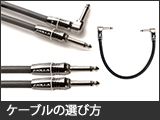 ケーブルの選び方
ケーブルの選び方
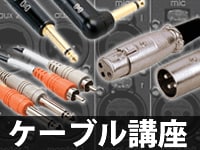 虎の巻 ケーブル講座
虎の巻 ケーブル講座
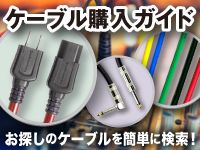 ケーブル購入ガイド
ケーブル購入ガイド















